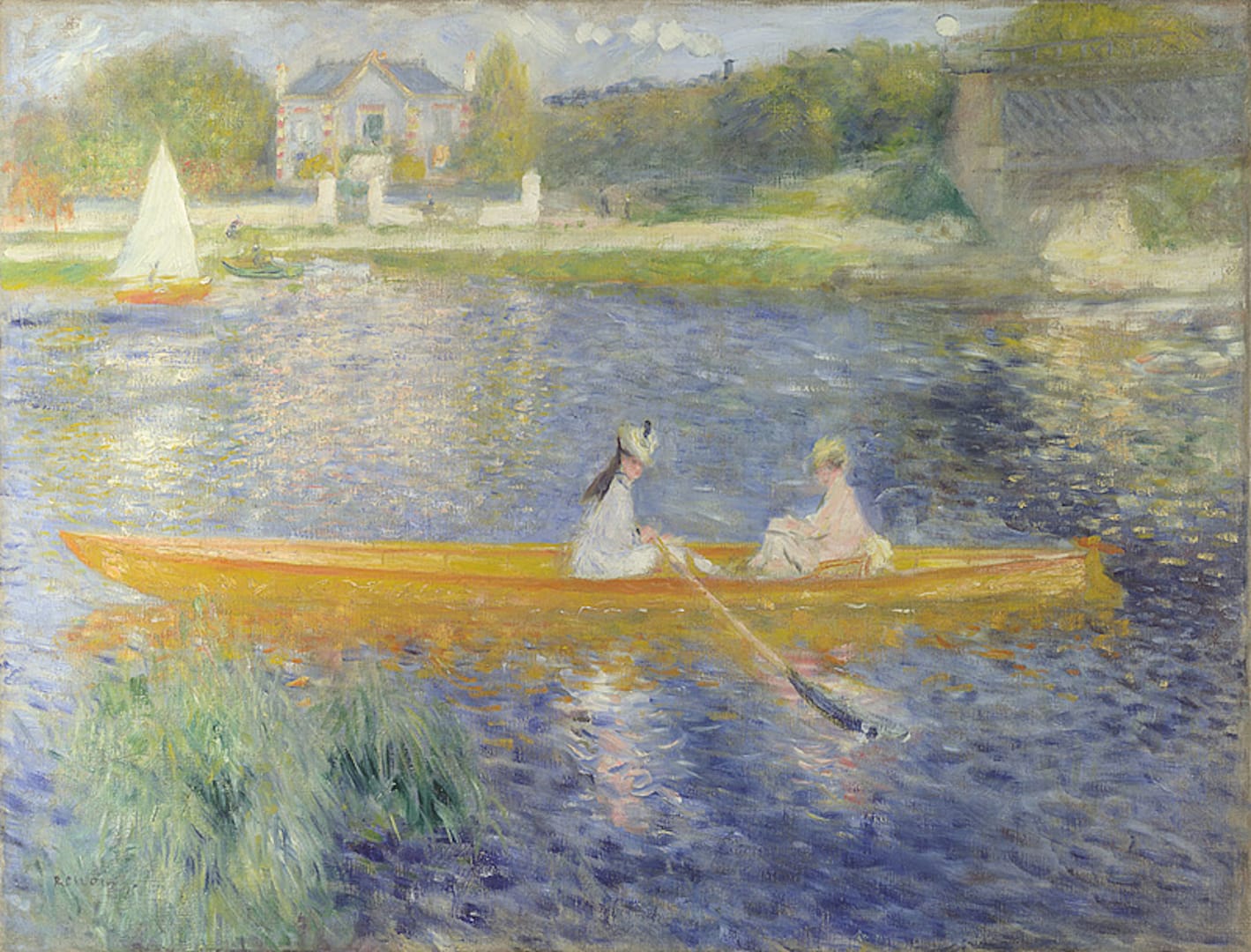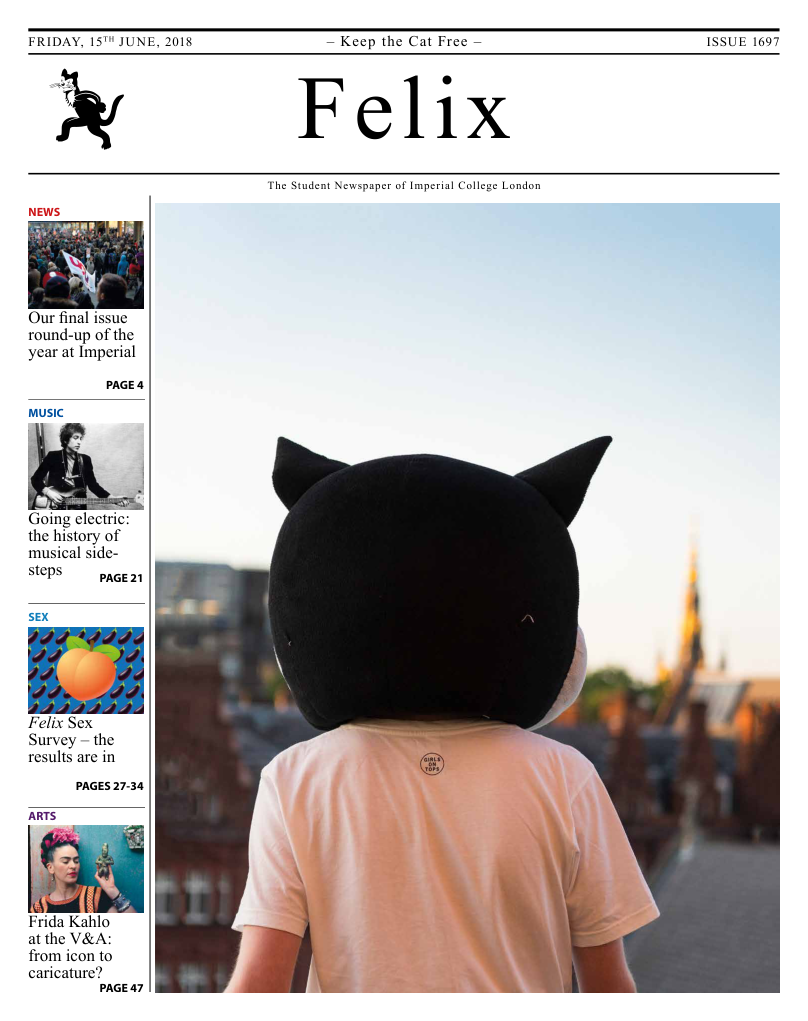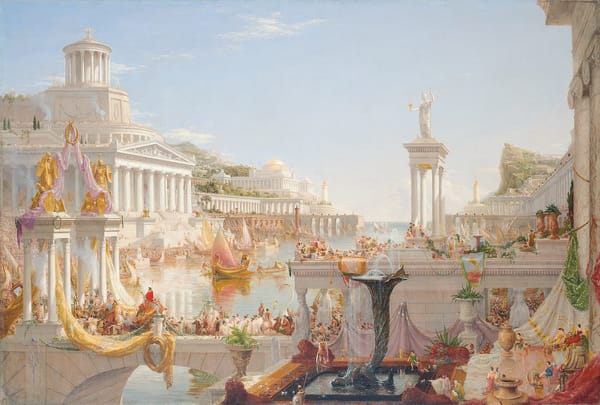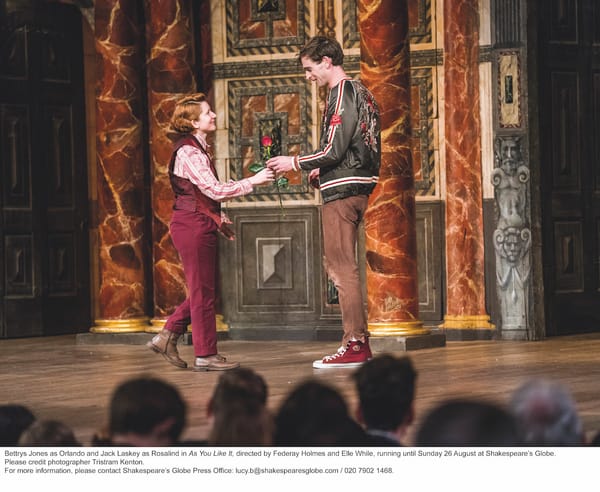Art anyone?
Summer can be a great time to educate yourself about art history, using all the resources London has to offer. Arts Writer Maria Zagorulko takes you through some key movements to look out for.

The number of art styles is enormous, if not infinite. With exams over, it might be time to undertake some cultural education and explore at least a few. The following chronological guide explains the most profound and impactful art streams found in London’s numerous galleries.
Gothic
The characteristic style of the 12th-15th century features metaphorical representations of medieval reality. The Gothic style is famous for its portraits with straight, distinct lines and simplistic background themes. Most Gothic paintings tend to represent historical or religious figures and events in two dimensions with a blue-black colour scheme. At times, Gothic art lacks happiness and placidity, which links back to distress within European society during that period.
Where to see the style in London: Palace of Westminster, Robert Lewis Roumieu building at 33-35 Eastcheap (both Gothic Revival)
Renaissance
As the time went by, religious and mythological motives continued to captivate the minds of European artists of the 14th-16th century. They started to explore colour and shape through images of Christ and Madonna in natural settings. One can distinguish Renaissance paintings by the dominance of light and a largely romanticised colour palette, loved and cherished by Raphael, Titian, and Michelangelo – pioneers of this art movement.
Where to see the style in London: Bacchus and Ariadne – Titian; Saint Catherine of Alexandria – Raphael; both at the National Gallery
Baroque
This extravagant art stream began to dominate art workshops during 17th-18th centuries. The exact translation of barocco is ‘a pearl of non-ideal form’. Society of that period saw excellence in exaggerated luxury of textures, forms and colours. Baroque paintings have an extremely dynamic character, overfilled with emotions and light. Artists of that time like Caravaggio, Rubens, and Velásquez represented the world through hyperbolic, large-scale shapes showing the magnificence of nature using generous brush strokes and colours like red, lead tin yellow, and beige.
Where to see the style in London: Samson and Delilah – Peter Paul Rubens; The Toilet of Venus – Diego Velásquez; both at the National Gallery
Classicism
The art world of the 17th-18th century soon shifted from the pompous baroque towards more realistic styles like Classicism. Architects, sculptors, and artists drew their attention to rational harmony between colour and form, striving to make their pieces immaculate. They saw beauty in linearity, symmetry, and a restrained colour palette full of undertones. If you walk into a gallery and see a piece looking like it was made by an A* student, then you are probably standing in front of a beautiful example of Classicism. Some ‘A* students’ of that art era were: Nicolas Poussin, Charles le Brun, and Karl Bryullov.
Where to see the style in London: A Bacchanalian Revel before a Term – Nicolas Poussin at the National Gallery; Regency Classicism section at V&A
Realism
Realism as an art movement stems from the 19th century, resulting in its collection being the largest in the world. A characteristic property of the movement was the reflection of critical social and economic issues where the artist often conveys their opinion, giving an appraisal on the topic. Hence in the spotlight are often scenes from life of the working class both in towns and the countryside. This led to the use of dark, earthy palettes.
Where to see the style in London: The execution of Maximilian – Edouard Manet; Still Life with Apples and a Pomegranate – Gustave Courbet; both at the National Gallery

Impressionism
Born in 1860s France, Impressionism was considered a complete contrast to Realism. Instead of expressing all details of the surrounding world, as done by Realists, Impressionists like Degas, Renoir, and Monet were keen to embody the real world through generating emotion within the observer. This was achieved by using soft yet visible brush strokes that gave a feeling of tenderness and calmness. This dreamy art style captures the effects of light by manipulating palettes that include pure, intense colours like blue, white, and red. To enjoy Impressionist pieces, one simply needs to find the most romantic and hazy art section in the gallery.
Where to see the style in London: Water-Lilies – Claude Monet at the Tate Modern; The Skiff – Pierre-Auguste Renoir at the National Gallery
Modern
Significant historical events in 20th century promoted a rapid change of values in society causing art workshops to produce pieces that displayed a unique aura. Artists moved on from usual eclecticism and began to explore dreams, symbolism, and subjective experiences. The characteristic modernist approach is full of floral ornaments, asymmetrical forms, and complex decorations. A modern colour palette included all parts of the colour spectrum and was used by famous modernists such as Paul Gauguin, Gustav Klimt, and Edvard Munch. As time went by, the Modern style diverged into Cubism, Fauvism, Futurism, and Surrealism which appealed to wider audiences and are considered separate art movements within themselves.
Where to see the style in London: Faa Iheihe – Paul Gauguin at the National Gallery; Frida Kahlo: Making Her Self Up exhibition at V&A









